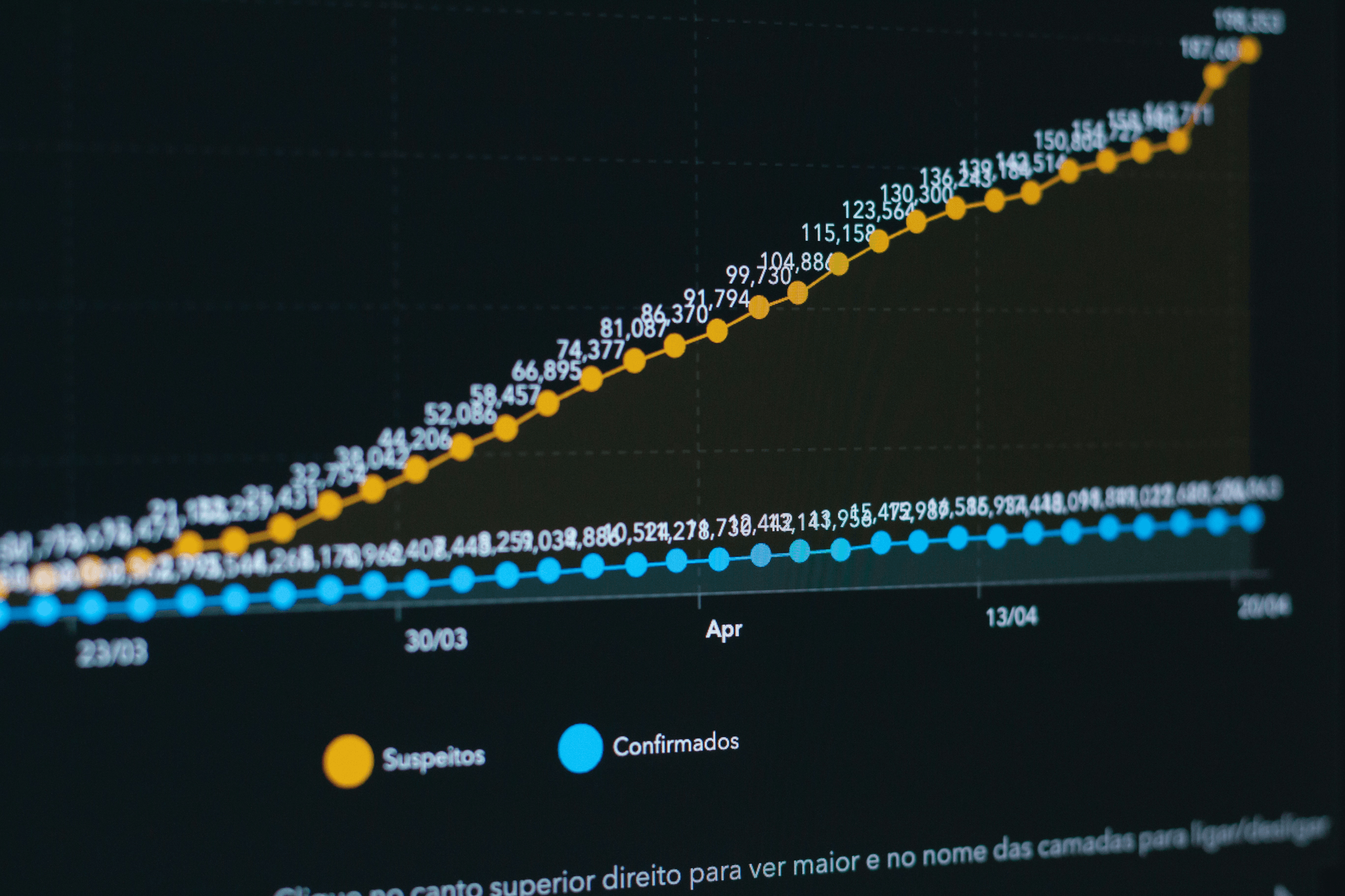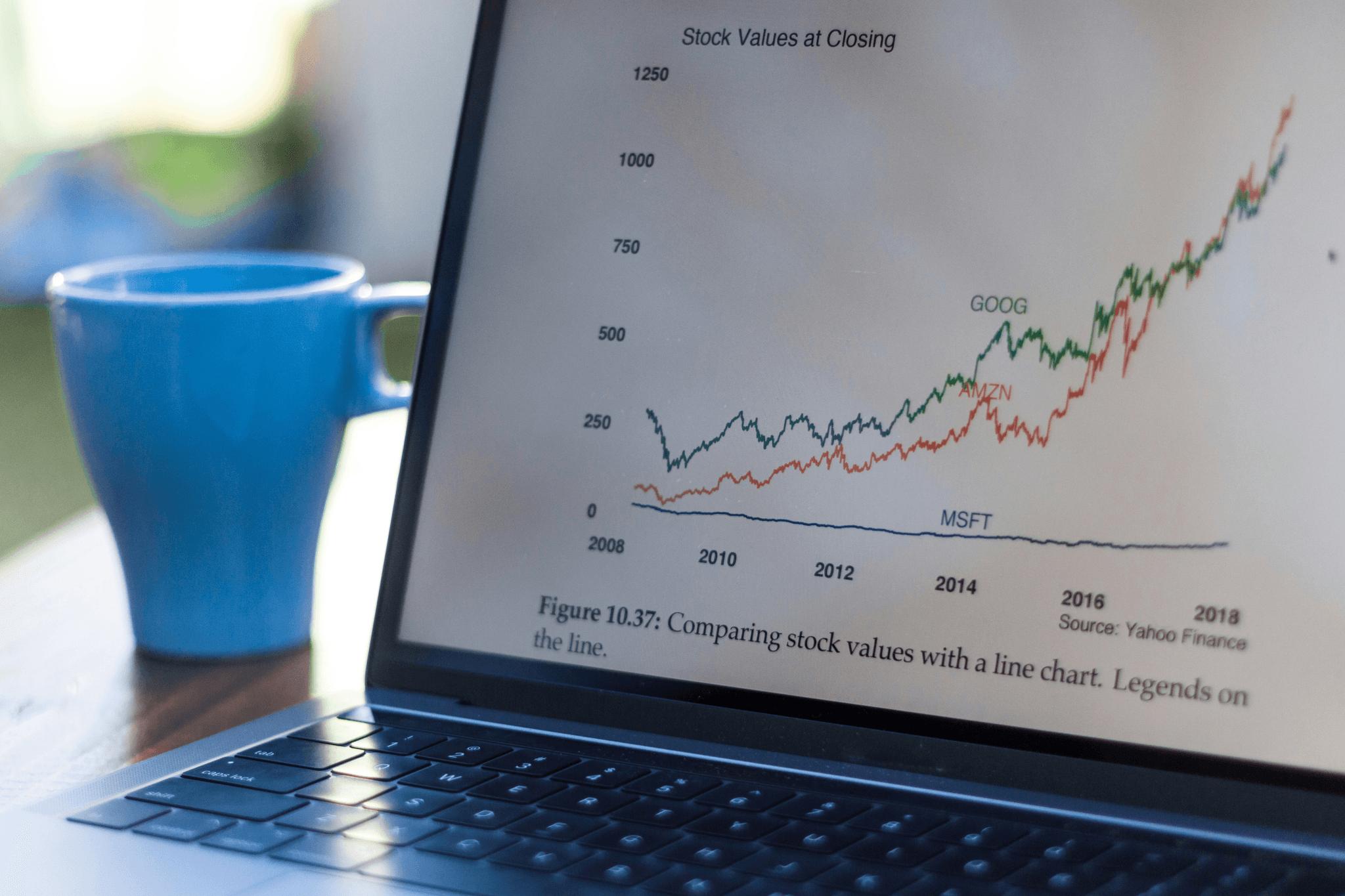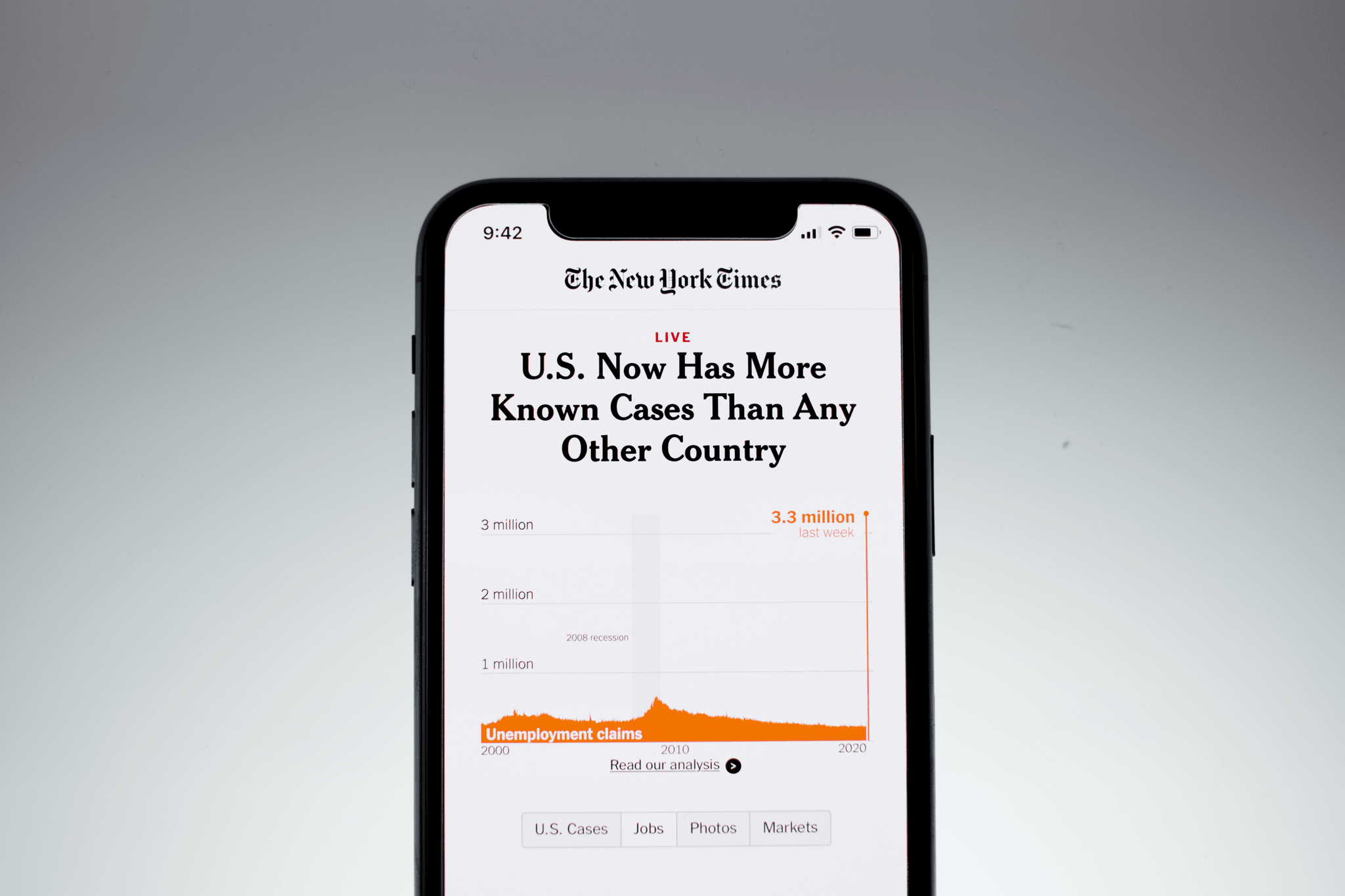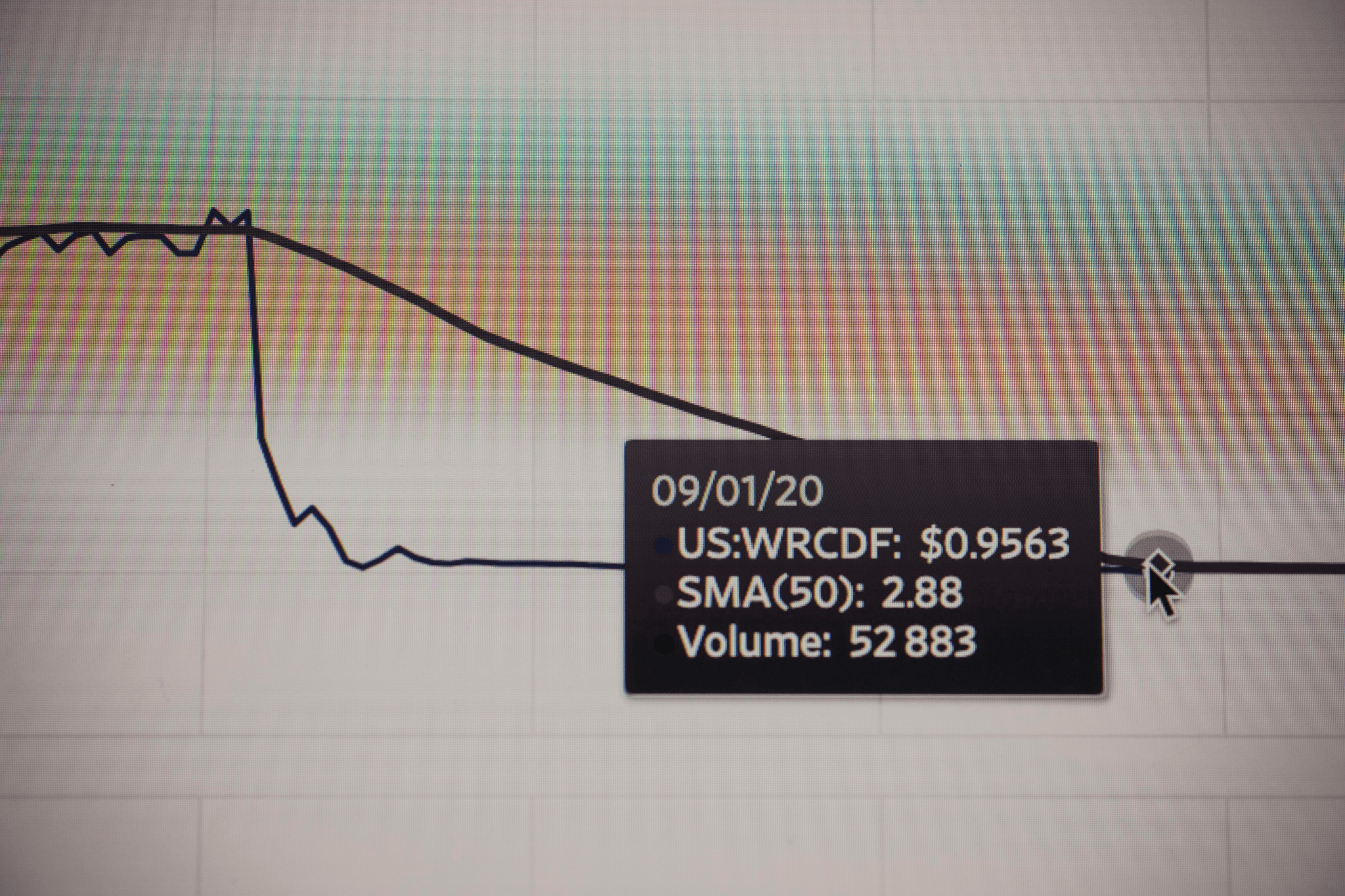Introduction
In the ever-evolving landscape of economics, understanding the types of demand and supply is crucial for both businesses and consumers. Market forces shape our daily lives, influencing everything from the prices we pay for goods to the availability of services. As we delve into these concepts, we'll explore how they interact and impact economic trends, particularly in today's fast-paced environment.
Understanding the Basics of Market Forces
Market forces are the invisible hands that guide economic activity, determining how resources are allocated across various sectors. At their core, these forces revolve around two fundamental components: demand and supply. By grasping the intricacies of these elements, companies like SSOURCING INC. can better navigate market fluctuations and respond effectively to consumer needs.
The Role of Demand in Economic Trends
Demand plays a pivotal role in shaping economic trends by dictating what consumers want and how much they are willing to pay for it. Different types of demand—ranging from consumer demand for everyday products to business demand for specialized services—can significantly influence market dynamics. Understanding these variations helps businesses anticipate changes in consumer behavior and adjust their strategies accordingly.
Exploring Different Supply Dynamics
Just as demand is multifaceted, so too is supply; it encompasses various types that reflect different production capabilities and market conditions. Companies must consider short-run versus long-run supply dynamics when making decisions about inventory management or production scaling. Moreover, technological advancements can alter supply chains dramatically, presenting both challenges and opportunities that organizations like SSOURCING INC. must address to stay competitive.
Types of Demand in Today's Market

Understanding the various types of demand is crucial for businesses navigating today's complex market landscape. Demand can be categorized into several types, each influencing supply dynamics and pricing strategies differently. By recognizing these distinctions, companies like SSOURCING INC. can tailor their approaches to meet consumer and business needs effectively.
Consumer Demand vs. Business Demand
Consumer demand refers to the desire of individuals to purchase goods and services for personal use, while business demand pertains to the needs of companies procuring products for operational purposes. These two types of demand often exhibit contrasting behaviors; consumer demand may fluctuate based on trends and preferences, whereas business demand is typically more stable but can be influenced by broader economic conditions. Understanding these differences allows SSOURCING INC. to align its supply strategies with the specific requirements of each segment, ensuring optimal inventory management and customer satisfaction.
Elasticity of Demand Explained
Elasticity of demand measures how sensitive consumers are to price changes; it essentially captures the relationship between price fluctuations and quantity demanded. If a product has high elasticity, a small price increase may lead to a significant drop in sales, while products with low elasticity tend to maintain steady sales despite price hikes. For SSOURCING INC., analyzing the elasticity of different products helps determine pricing strategies that maximize revenue without sacrificing volume—an essential aspect when considering various types of demand and supply.
Seasonal and Trend-Based Demand
Seasonal demand refers to fluctuations in consumer purchasing behavior based on specific times of the year, such as holidays or seasonal events, whereas trend-based demand is driven by changing societal preferences over time—think fads or lifestyle shifts that capture public interest. Companies like SSOURCING INC. must stay ahead by anticipating these patterns; effective forecasting ensures that they maintain adequate stock levels during peak seasons while also adapting quickly to emerging trends in consumer behavior. By embracing both seasonal and trend-based demands, businesses can optimize their supply chains for maximum efficiency.
Types of Supply in Today's Market

In the ever-evolving landscape of economics, understanding the types of supply is crucial for businesses navigating market dynamics. Supply can vary significantly based on time frames and external factors, influencing how companies like SSOURCING INC. approach their strategies. This section delves into short-run versus long-run supply, the impact of technology, and the characteristics dictated by different market structures.
Short-Run vs. Long-Run Supply
When discussing types of demand and supply, it's essential to distinguish between short-run and long-run supply dynamics. In the short run, suppliers may struggle to adjust their production levels due to fixed resources or capacity constraints, leading to a more inelastic supply curve. Conversely, in the long run, firms can adapt more flexibly; they can expand their facilities or invest in new technologies to meet changes in demand effectively.
Understanding these differences helps businesses like SSOURCING INC. anticipate shifts in consumer preferences and adjust their operations accordingly. For instance, during a sudden spike in demand for a product, companies may find it challenging to ramp up production immediately due to existing limitations—this illustrates short-run constraints beautifully! In contrast, savvy firms will plan for future increases by investing strategically over time.
The Impact of Technology on Supply
Technology plays a pivotal role when analyzing types of demand and supply within any industry today. Innovations such as automation and data analytics have revolutionized how companies manage their inventory and production processes—leading to enhanced efficiency and reduced costs for businesses like SSOURCING INC. These advancements allow firms to respond swiftly to fluctuations in demand while maintaining optimal supply levels.
Moreover, technology facilitates better forecasting models that predict consumer behavior with remarkable accuracy—a game-changer when it comes to managing both types of demand and supply! For example, machine learning algorithms can analyze vast amounts of data from various sources (like social media trends) allowing businesses to stay one step ahead of market shifts. As a result, companies can make informed decisions about scaling production or adjusting pricing strategies based on real-time insights.
Market Structures and Their Supply Characteristics
Different market structures significantly influence how types of demand and supply interact within an economy. From perfect competition—where numerous small firms compete with similar products—to monopolistic markets dominated by single entities, each structure presents unique challenges for managing supply effectively. For instance, SSOURCING INC., operating within an oligopoly framework might face fewer competitors but still contend with significant barriers regarding pricing power.
In monopolistic competition scenarios where differentiation is key (think branded goods), understanding consumer preferences becomes vital for optimizing both types of demand and supply strategies! Companies must continually innovate while also keeping an eye on competitor actions that could disrupt established equilibrium points within the market landscape—after all; no one wants a surprise at the negotiating table! By grasping these nuances inherent in various market structures, businesses can tailor their approaches for maximum effectiveness.
Case Study: Demand in the Tech Industry

In the ever-evolving landscape of the tech industry, understanding demand dynamics is crucial for companies to thrive. The interplay between various types of demand and supply can significantly impact product success and market positioning. This case study delves into specific examples from the tech sector, highlighting how demand influences strategies and outcomes.
Apple’s iPhone Demand Dynamics
Apple's iPhone serves as a prime example of how different types of demand shape consumer behavior. The brand has cultivated a loyal customer base that eagerly anticipates each new release, creating a unique demand dynamic characterized by excitement and urgency. Apple leverages this enthusiasm through strategic marketing campaigns that highlight cutting-edge features, thereby influencing both consumer and business demand in the tech market.
Moreover, Apple's ability to manage supply effectively ensures that they can meet this high demand without significant delays. By employing sophisticated forecasting techniques, they align production with anticipated sales patterns, demonstrating the critical relationship between types of supply and consumer expectations. SSOURCING INC. recognizes that understanding these dynamics is essential for staying competitive in an industry where consumer preferences shift rapidly.
The Influence of Social Media on Consumer Demand
Social media platforms have revolutionized how consumers interact with brands, directly impacting types of demand across various markets. Platforms like Instagram and TikTok create trends overnight, leading to spikes in demand for certain tech products based on viral content or influencer endorsements. This phenomenon illustrates how social media not only shapes consumer perceptions but also drives immediate purchasing decisions.
As brands adapt to this new reality, they must also consider their supply strategies to keep pace with fluctuating demands driven by online trends. Companies are increasingly leveraging analytics tools to monitor social media discussions and adjust their production accordingly—an approach that highlights the importance of synchronizing supply with evolving consumer interests. SSOURCING INC.'s focus on real-time data helps businesses navigate these turbulent waters effectively.
How Gamification Affects Demand Patterns
Gamification has emerged as a powerful tool in influencing consumer behavior across various sectors, including technology. By integrating game-like elements into marketing strategies or product features, companies can enhance engagement levels and stimulate increased types of demand among users seeking interactive experiences. This not only boosts immediate sales but also fosters long-term brand loyalty as consumers become more invested in their interactions.
Furthermore, understanding gamification's role allows businesses to tailor their offerings based on user feedback and participation levels—essentially aligning supply with active consumer engagement metrics. As organizations like SSOURCING INC. explore innovative ways to incorporate gamification into their strategies, they unlock new avenues for driving sustained demand while optimizing resource allocation within their supply chains.
Case Study: Supply Chain Challenges
The global landscape of supply chains has undergone significant transformations, particularly in the wake of the COVID-19 pandemic. Understanding the types of demand and supply has never been more critical for businesses like SSOURCING INC., which navigates complex networks to ensure stability and efficiency. This case study will delve into key lessons learned from recent challenges, globalization's effects on supply networks, and the rising importance of local sourcing.
Lessons Learned from the COVID-19 Pandemic
The pandemic served as a wake-up call for many industries, revealing vulnerabilities in traditional supply chain models. Companies that had rigid structures struggled to adapt to sudden shifts in consumer behavior—an essential aspect of understanding types of demand and supply. For SSOURCING INC., flexibility became paramount; those who could pivot quickly were able to meet emerging demands while others faced significant disruptions.
One major lesson was the necessity for real-time data analysis to predict shifts in demand accurately. Businesses learned that understanding not just what consumers wanted but when they wanted it could make or break their success during turbulent times. As a result, many companies are now investing heavily in technology that enhances their ability to respond swiftly to changing market conditions.
Moreover, collaboration among suppliers emerged as a crucial strategy for resilience. Sharing resources and information allowed firms to manage inventory better and minimize shortages—an essential tactic when dealing with various types of demand and supply scenarios. The pandemic taught us that strong relationships within the supply chain can lead to innovative solutions during crises.
Globalization’s Impact on Supply Networks
Globalization has created intricate webs of interdependence among suppliers worldwide, fundamentally altering types of demand and supply dynamics. While this interconnectedness offers vast opportunities for cost savings and efficiency, it also introduces risks such as geopolitical tensions or natural disasters disrupting operations across borders. For SSOURCING INC., navigating these complexities requires a keen awareness of global trends while maintaining agility in local markets.
As companies expanded their reach internationally, they often overlooked local market nuances—leading to mismatches between supply capabilities and consumer expectations back home. This disconnect highlighted how essential it is for businesses to align their strategies with both global insights and local demands when managing their supply chains effectively. Understanding these intersections helps firms like SSOURCING INC. remain competitive by ensuring they can respond promptly to both domestic and international shifts in demand.
Furthermore, globalization has prompted an increased focus on sustainability within supply chains—a trend driven by consumer preferences shifting towards ethical sourcing practices. Companies are now tasked with balancing cost-effectiveness against environmental impacts while considering how these factors influence types of demand from increasingly conscientious consumers.
The Importance of Local Sourcing in Supply Stability
In light of recent challenges, many organizations are reevaluating their sourcing strategies by emphasizing local suppliers over distant counterparts—a trend that highlights the importance of understanding types of demand and supply at a community level. Local sourcing not only mitigates risks associated with long-distance logistics but also fosters stronger relationships within communities, which can lead to enhanced brand loyalty among consumers who value supporting local economies.
For SSOURCING INC., prioritizing local partnerships means being able to respond more rapidly to fluctuations in consumer demand without facing lengthy shipping delays or tariffs associated with international trade routes. By tapping into regional resources, companies can create more resilient networks that withstand external shocks while adapting quickly when market demands shift unexpectedly.
Additionally, local sourcing often aligns well with sustainability goals—a growing concern among consumers today who prioritize environmentally friendly practices when making purchasing decisions about products influenced by various types of demand and supply dynamics around them. Thus, investing locally not only boosts operational stability but also resonates positively with an increasingly conscious consumer base eager for brands committed to social responsibility.
The Intersection of Demand and Supply

Understanding the intersection of demand and supply is crucial for navigating today’s dynamic market landscape. The interplay between these two forces significantly influences pricing, availability, and overall economic health. For businesses like SSOURCING INC., mastering this relationship can lead to better strategies for optimizing both demand and supply.
How Demand Fluctuations Affect Pricing
Demand fluctuations can dramatically shift pricing strategies in any industry. When consumer demand surges, prices often rise as suppliers scramble to keep up, reflecting the basic principles of types of demand and supply. Conversely, if demand dips, prices may need to be adjusted downward to stimulate interest and clear inventory. Companies must remain vigilant in observing these trends to avoid losing market share or profits.
The Role of SSOURCING INC. in Balancing Supply
SSOURCING INC. plays a pivotal role in balancing supply by leveraging insights from market dynamics. By understanding the types of demand that drive their customer base, they can adjust their sourcing strategies accordingly—ensuring that products are available when needed without overextending resources. This proactive approach not only stabilizes pricing but also enhances customer satisfaction through reliable product availability.
Strategies for Managing Demand and Supply
Effective management of both demand and supply requires a multifaceted strategy tailored to current market conditions. Companies should employ data analytics to forecast trends related to the various types of demand and supply they encounter regularly—this enables them to anticipate changes before they occur. Additionally, building strong relationships with suppliers can create more agile responses during fluctuations, allowing businesses like SSOURCING INC. to maintain an edge over competitors while ensuring optimal inventory levels.
Conclusion
In wrapping up our exploration of market dynamics, it's essential to recognize the intricate relationship between the types of demand and supply that shape economic landscapes. Understanding these concepts not only helps businesses like SSOURCING INC. navigate challenges but also allows them to seize opportunities for growth and innovation. As we’ve seen, both demand and supply are influenced by various factors, including consumer behavior, technology, and global events.
Key Takeaways on Types of Demand
The types of demand we discussed—from consumer to business demand—illustrate how different sectors respond to market changes. Elasticity plays a crucial role in determining how sensitive consumers are to price changes, which can significantly impact sales strategies for companies like SSOURCING INC. Moreover, seasonal and trend-based demand patterns highlight the necessity for businesses to remain agile and responsive to shifting consumer preferences.
Insights on Supply Strategies
When it comes to supply strategies, understanding short-run versus long-run supply dynamics is vital for maintaining efficiency in operations. The impact of technology cannot be overstated; it streamlines processes and enhances productivity while adapting to various types of supply challenges in today's fast-paced market environment. Companies like SSOURCING INC. can leverage these insights to optimize their supply chains and mitigate risks associated with disruptions.
The Future of Market Demand and Supply
Looking ahead, the future of market demand and supply will likely be shaped by ongoing technological advancements and evolving consumer expectations. The integration of local sourcing into global strategies may become increasingly important as companies strive for resilience in their supply chains while catering effectively to diverse types of demand across markets. For SSOURCING INC., staying ahead means continually adapting to these trends while fostering strong relationships with both suppliers and consumers.

